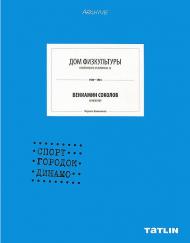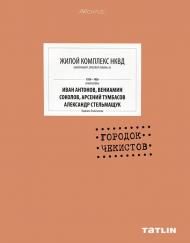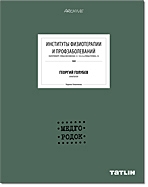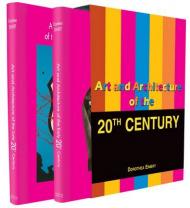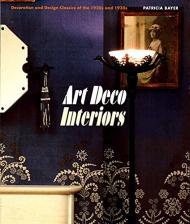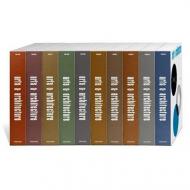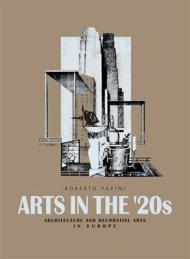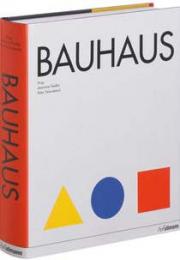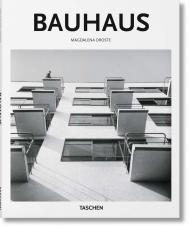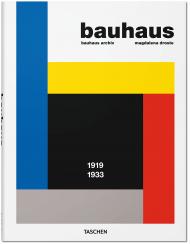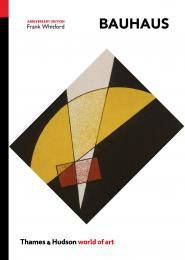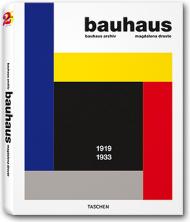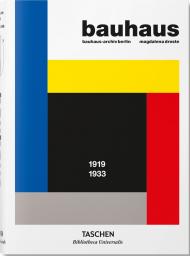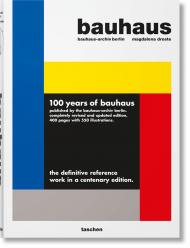Best of Bauhaus. The definitive reference work, now in a compact format
This handy, updated edition explores the Bauhaus School of Art and Design through some 575 illustrations and biographies of its key personalities. Realized in collaboration with the Bauhaus-Archiv in Berlin, the reference work is now available in Bibliotheca Universalis format, the perfect companion for your next trip to Berlin, Weimar, or Dessau.
In a fleeting 14-year period between two world wars, Germany’s Bauhaus school of art and design changed the face of modernity. With utopian ideas for the future, the school developed a pioneering fusion of fine art, craftsmanship, and technology, which they applied across media and practices from film to theater, and sculpture to ceramics.
This best-selling reference work is made in collaboration with the Bauhaus-Archiv/Museum für Gestaltung in Berlin, the world’s largest collection on the history of the Bauhaus. Some 575 illustrations including architectural plans, studies, photographs, sketches, and models record not only the realized works but also the leading principles and personalities of this idealistic creative community through its three successive locations in Weimar, Dessau, and Berlin. From informal shots of group gymnastics to drawings guided by Paul Klee, from extensive architectural plans to an infinitely sleek ashtray by Marianne Brandt, the collection brims with the colors, materials, and geometries that made up the Bauhaus vision of a “total” work of art.
As we approach the Bauhaus centennial, this is a defining account of its energy and rigor, not only as a trailblazing movement in Modernism but also as a paradigm of art education, where creative expression and cutting-edge ideas led to simultaneously functional and beautiful creations. The handy edition features artists Josef Albers, Marianne Brandt, Walter Gropius, Gertrud Grunow, Paul Klee, Ludwig Mies van der Rohe, Lilly Reich, and many more.
About the Author:
Magdalena Droste studied art history and literature in Aachen and Marburg. From 1980 she worked at the Bauhaus-Archiv in Berlin, after which she worked as a professor of art history at the BTU Cottbus. She has been responsible for numerous exhibitions and publications across all Bauhaus themes and artists.
About the Series:
Bibliotheca Universalis — Compact cultural companions celebrating the eclectic TASCHEN universe at an unbeatable, democratic price!
Since we started our work as cultural archaeologists in 1980, TASCHEN has become synonymous with accessible, open-minded publishing. Bibliotheca Universalis brings together more than 100 of our all-time favourite titles in a neat new format so you can curate your own affordable library of art, anthropology, and aphrodisia.
Bookworm’s delight — never bore, always excite!
